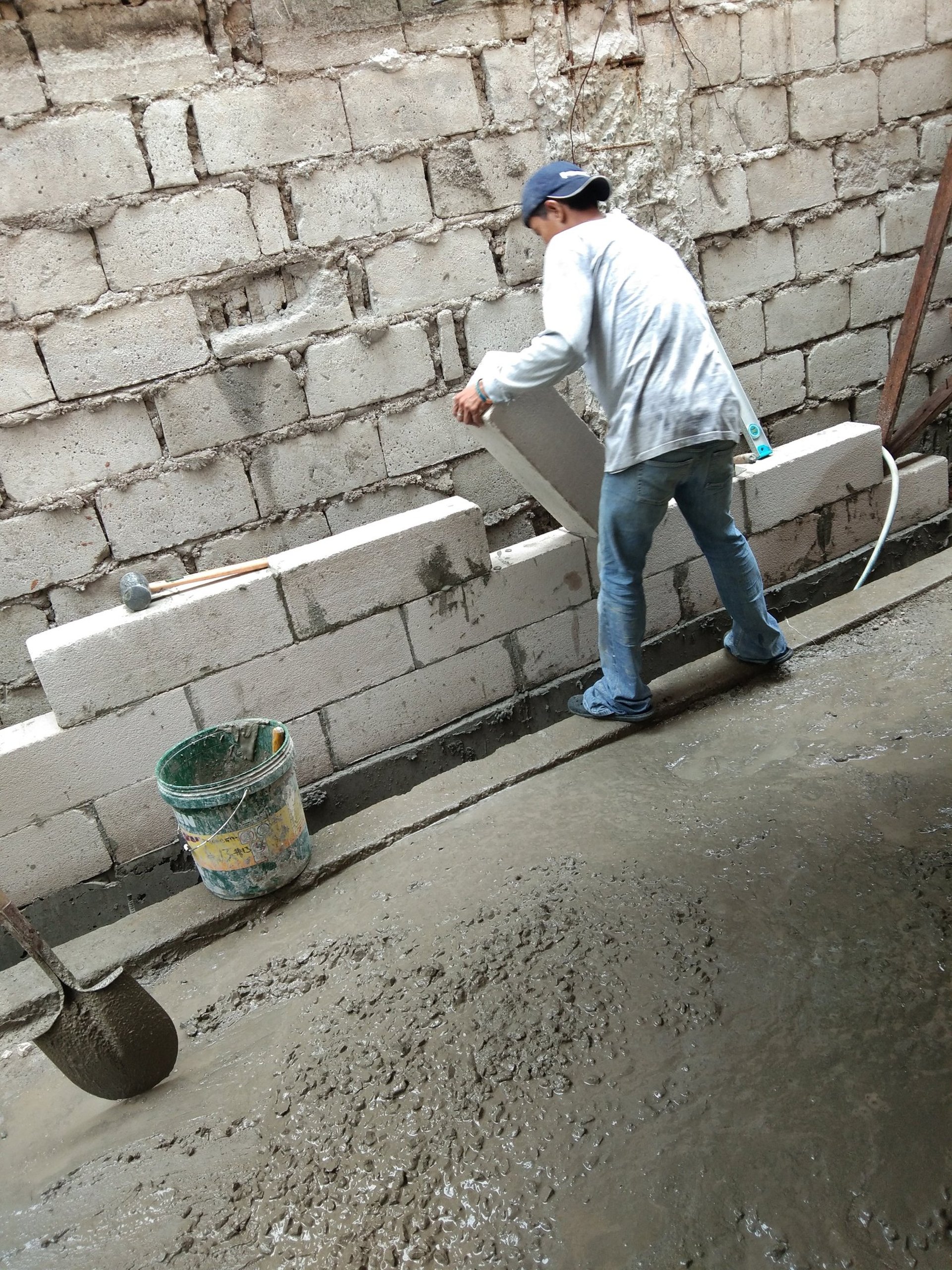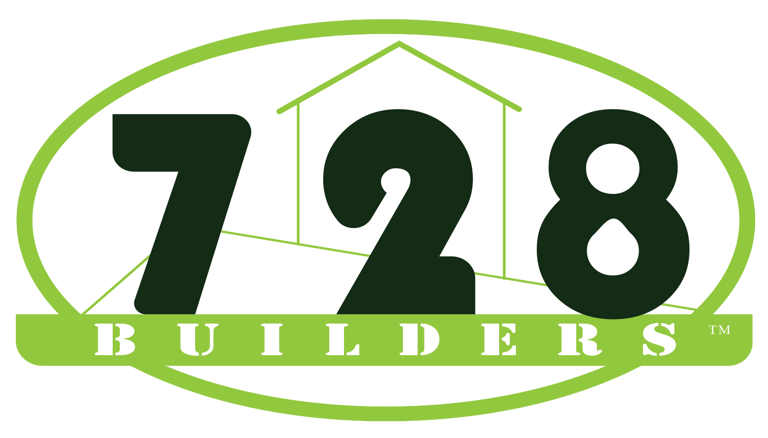
Using AAC Blocks
WALL MATERIALS
2 min read


AAC (Autoclaved Aerated Concrete) blocks have gained popularity in construction projects as an alternative to traditional hollow blocks. Several advantages make AAC blocks a preferred choice for walls in construction projects. Here are some reasons why AAC blocks are often favored over traditional hollow blocks:
Lightweight:
AAC blocks are significantly lighter than traditional hollow blocks. This characteristic reduces the overall dead load on the structure, making it more economical in terms of foundation design and construction.
Thermal Insulation:
AAC blocks have excellent thermal insulation properties. They help in maintaining a comfortable temperature inside the building by minimizing heat transfer. This quality contributes to energy efficiency and reduces the dependence on artificial heating and cooling systems.
Fire Resistance:
AAC blocks are known for their fire-resistant properties. The inorganic materials used in their composition make them non-combustible, providing enhanced safety in case of fire incidents.
Acoustic Insulation:
AAC blocks offer good acoustic insulation, reducing the transmission of sound between different areas of a building. This is particularly beneficial in residential and commercial constructions, where noise control is important for occupant comfort.
Workability and Versatility:
AAC blocks are easy to handle and work with due to their lightweight nature. They can be easily cut, shaped, and modified on-site, facilitating faster construction. Their versatility allows for various architectural designs and finishes.
Durability:
AAC blocks have a long lifespan and are resistant to pests and mold. They do not deteriorate over time, resulting in lower maintenance costs compared to traditional hollow blocks.
Environmental Sustainability:
The manufacturing process of AAC blocks generates fewer greenhouse gas emissions compared to traditional clay bricks. Additionally, AAC blocks are often produced using recycled materials, contributing to sustainable construction practices.
Faster Construction:
Due to their larger size and lighter weight, AAC blocks can speed up the construction process. This results in shorter construction timelines, reducing overall project duration and associated costs.
Cost-Effective:
While the initial cost of AAC blocks may be higher than traditional hollow blocks, the overall cost of construction can be lower due to factors such as reduced foundation costs, faster construction, and energy savings over the life of the building.
Earthquake Resistance:
The lightweight and flexible nature of AAC blocks contributes to the earthquake resistance of the structure. These blocks can absorb and distribute seismic forces, enhancing the overall safety of the building in earthquake-prone areas.
In summary, AAC blocks offer a range of advantages over traditional hollow blocks, including lightweight construction, thermal and acoustic insulation, fire resistance, durability, and environmental sustainability. These factors make AAC blocks a compelling choice for walls in construction projects seeking modern, efficient, and sustainable building materia




